This Chinese-style Sweet and Sour Chicken uses black rice vinegar to create a deep, malty, and savory sauce. Try my copycat recipe of the popular dish Tori Kurozu-an from the famous Japanese diner Ootoya 大戸屋.

Sweet and sour dishes from Chinese restaurants are really popular and my children love them whether they’re made with chicken or pork. Japanese-style sweet and sour chicken is a little different from the typical one you’ve tried, however.
What makes it Japanese-style? In this post, I’ll explain the key features and share my copycat recipe for Ootoya’s Sweet and Sour Chicken.
Table of Contents
What is Japanese Sweet and Sour Chicken?
This is a copycat recipe from a popular diner in Japan called Ootoya (大戸屋), which specializes in Japanese home-cooking dishes (katei ryori 家庭料理). In Japan, we refer to the sweet and sour sauce as amazu-an (甘酢あん), literary meaning “sweet vinegar gravy.” On Ootoya’s menu, this recipe is called Tori Kurozu-An (鶏と野菜の黒酢あん).
This sweet and sour chicken has been my favorite from Ootoya’s menu since I first tried this dish years and years ago. Here are the key features of this Japanese homestyle version of the dish:
- Uses Japanese black rice vinegar (黒酢, kurozu) – Black rice vinegar is an aged vinegar made from rice. It is less sour with a deeper flavor than regular rice vinegar and is milder than Chinese black vinegar.
- Omits ketchup – You won’t see the typical red color in Japanese-style sweet and sour sauce.
- Includes various vegetables – This version also contains several types of veggies not normally seen in Chinese-style sweet and sour chicken.
Ingredients for Sweet and Sour Chicken
- chicken thighs
- potatoes
- lotus root (renkon)
- carrot
- Japanese or Chinese eggplant
- onion
- green pepper
- potato starch or cornstarch
- neutral oil – for deep-frying
For the Marinade:
For the Black Vinegar Sauce:
- sugar
- apple cider vinegar
- soy sauce
- Japanese black vinegar (kurozu) – use half the amount you use Chinese black vinegar
- mirin
- water
- sake
- potato starch or cornstarch
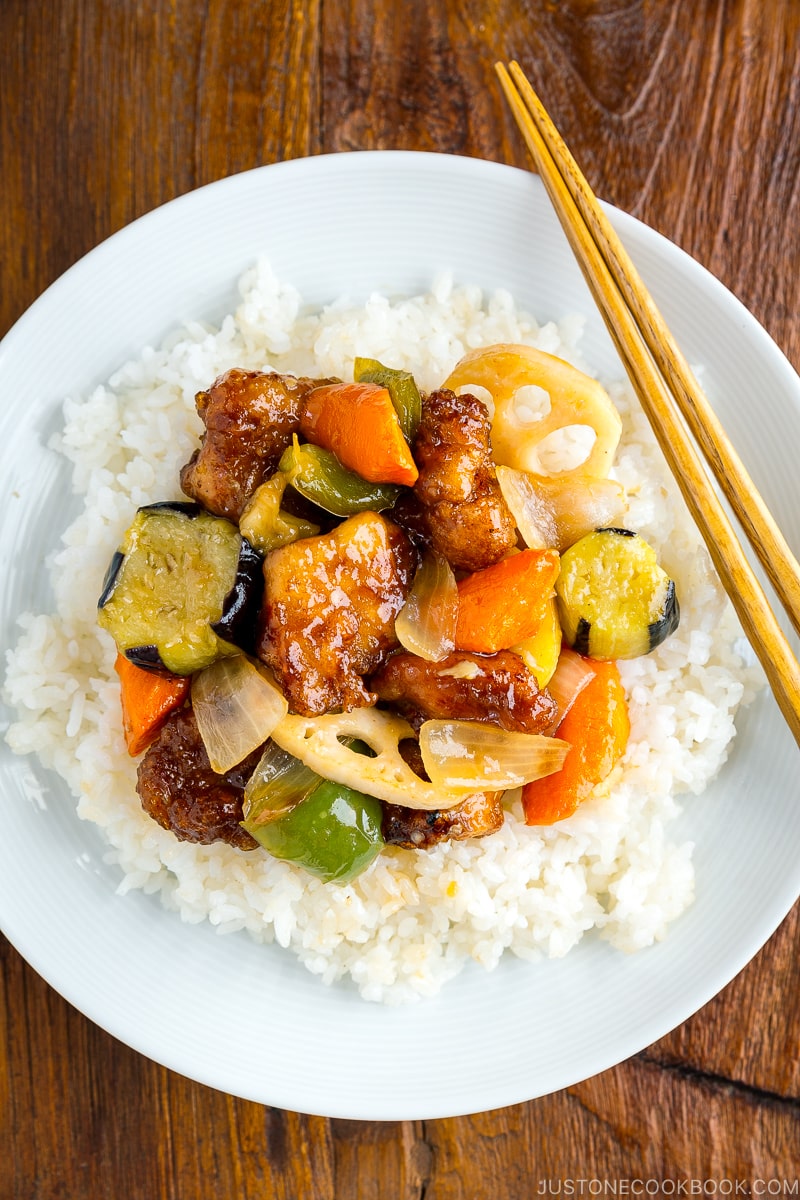
How To Make Sweet and Sour Chicken
- Make the marinade. Grate the ginger and garlic clove. Combine with soy sauce and sake in a large bowl.
- Cut the chicken into bite-size pieces. Add to the marinade, coat well, and refrigerate for 10 minutes.
- Mix the black vinegar sauce. In a small bowl, combine the sauce ingredients and mix well to dissolve the sugar.
- Prep the vegetables. Cut the potatoes and carrot into small pieces and boil for 10 minutes until tender; drain. Peel and cut the lotus root and eggplant. Cut the onion and green pepper into wedges, then cut in half crosswise.
- Pat dry the vegetables with a paper towel and deep-fry in neutral oil until tender. Be careful not to overcook or undercook. Drain them on a wire rack or paper towel.
- Coat the chicken pieces in potato starch or cornstarch. Deep-fry until golden brown. Drain on a wire rack or paper towel.
- Toss together the deep-fried vegetables and chicken in a wok. Once reheated, add the black vinegar sauce and toss to combine. Transfer to a plate and serve.
Suage, a Japanese Deep-frying Technique
This recipe uses a Japanese cooking technique called suage (素揚げ, “su-ah-geh”). It means deep-frying without a coating of flour or batter. This technique is used mostly for vegetables, but sometimes meat, too.
The suage technique helps the ingredient keep its original flavor, color, and shape. By deep-frying vegetables for a short period of time, you can keep the crispness of the vegetables. This compares to stir-frying, which takes longer than deep-frying and sometimes cooks the veggies unevenly or makes them wilt and soften.
Packaged vs. Homemade Sweet and Sour Chicken
When I was in Japan last summer, I shared on Instagram a picture of this dish while dining there. A JOC reader in Australia left a comment saying that Ootoya actually sells a pre-made package of this special kurozu-an sauce. So the next time I passed by the restaurant, I bought two packages to try back at home.
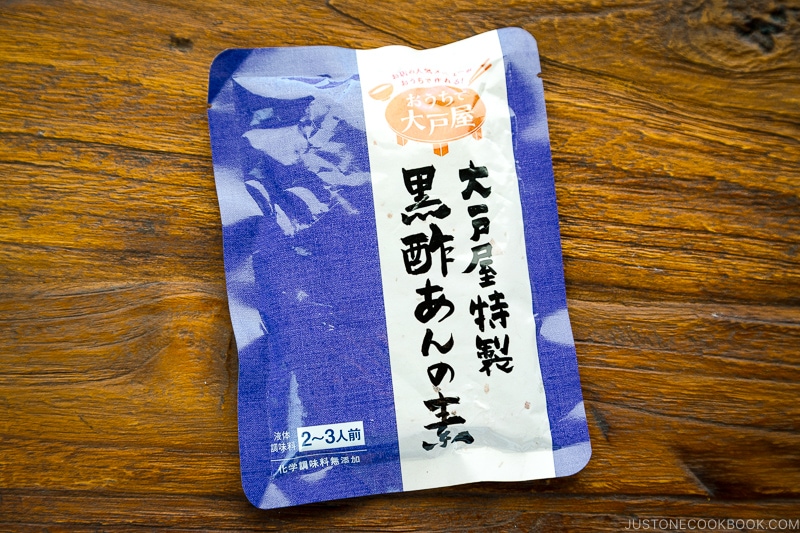
After returning to the US, I made this dish at home with the packaged sauce, then tried to recreate this flavor. While testing my own recipe, I found out Ootoya actually shares the recipe for this dish online! So I made 3 batches for the taste test:
- Ootoya’s packaged sauce
- Ootoya’s online recipe
- My homemade version of Ootoya’s sauce
Our family had a serious tasting session for this recipe and one sauce won everyone’s votes for the best flavor. It was actually mine! My version was not that different from the original sauce, but in my humble opinion, I think mine has a better balance than the packaged one or the Ootoya’s recipe.
However, I still think the restaurant serves the best Tori Kurozu-An! For home cooking, though, my family agrees that my recipe was the best. I wrote down the exact measurements I used, so please try to be accurate for the best result.
If you have a chance, try this dish at one of Ootoya locations both in Japan and elsewhere like Singapore, China, Taiwan, Thailand, Hong Kong, Indonesia, and New York City in the US.
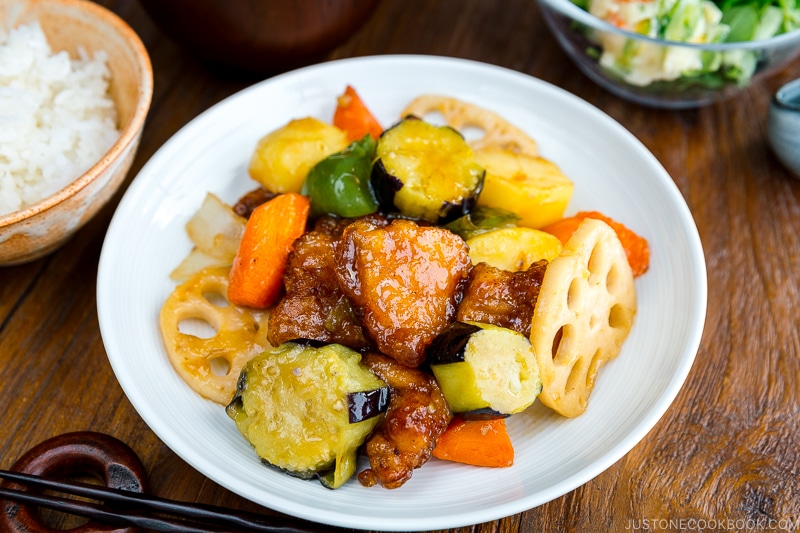
Wish to learn more about Japanese cooking? Sign up for our free newsletter to receive cooking tips & recipe updates! And stay in touch with me on Facebook, Pinterest, YouTube, and Instagram.

Sweet and Sour Chicken (Ootoya Tori Kurozu-An)
Video
Ingredients
- 2 chicken thighs (11 oz, 312 g)
- 3 potatoes
- 3 inches lotus root (renkon)
- ½ carrot
- 1 Japanese or Chinese eggplant
- ½ onion
- ½ green pepper
- ½ cup potato starch or cornstarch
- 3 cups neutral oil (for deep-frying)
For the Black Vinegar Sauce
- 4 Tbsp sugar
- 3 Tbsp apple cider vinegar
- 2 Tbsp soy sauce
- 1 Tbsp Japanese black vinegar (kurozu) (If you use Chinese black vinegar, use ½ Tbsp as it has a stronger flavor)
- 1 Tbsp mirin
- 1 Tbsp water
- 1 Tbsp sake
- 2 tsp potato starch or cornstarch
Instructions
- Gather all the ingredients.

- Make the marinade. Grate the ginger and collect 1 tsp ginger (with juice). Grate 1 clove garlic. Combine the ginger, garlic, 2 Tbsp soy sauce, and 1 Tbsp sake in a large bowl.

- Trim off and discard any excess fat from 2 chicken thighs, then cut the meat into bite-sized pieces and add them to the marinade. Cover and refrigerate for 10 minutes.

- Combine all the ingredients for the Black Vinegar Sauce: 4 Tbsp sugar, 3 Tbsp apple cider vinegar, 2 Tbsp soy sauce, 1 Tbsp Japanese black vinegar (kurozu), 1 Tbsp mirin, 1 Tbsp water, 1 Tbsp sake, and 2 tsp potato starch or cornstarch. Mix it well together.

- Peel and cut 3 potatoes in half. Peel and cut ½ carrot into small pieces. For the carrot, I use the rangiri cutting technique to create more surface space so that they will cook faster and look pretty.

- Potatoes and carrots take too long to cook by deep-frying alone; therefore, we boil them first for 10 minutes until they are tender. Drain and set aside.

- Peel and cut 3 inches lotus root (renkon) into ⅛-inch (3-mm) slices. Peel 1 Japanese or Chinese eggplant in a striped pattern and cut it into ½-inch (1.3-cm) slices.

- Cut ½ onion into wedges and cut the wedges in half crosswise. Cut ½ green pepper into wedges, then cut the wedges in half crosswise.

To Cook
- In a deep fryer or heavy-bottomed pot, add 3 cups neutral oil. Make sure you have at least 2 inches (5 cm) of oil in the pot. Depending on the size of your pot, you may need more or less oil. If you are new to deep-frying, read my post on How to Deep-Fry Food for helpful tips. Preheat the oil to 340ºF (170ºC). Using a paper towel, pat dry the vegetables. Then, add them to the oil and deep-fry until they‘re tender. Be careful not to overcook or undercook. When they’re done, drain them on a wire rack or paper towel.
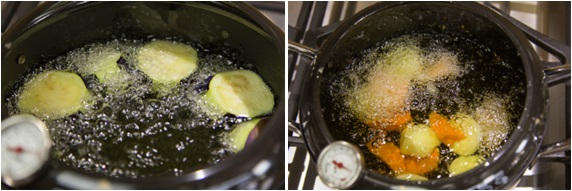
- Next, coat the chicken pieces in ½ cup potato starch or cornstarch and deep-fry at 340ºF (170ºC) for 5 minutes or until golden brown. If the chicken is browning too quickly, lower the heat to make sure the chicken gets cooked through. Then, place the chicken pieces on a wire rack or paper towel and drain well.

To Add the Sauce and Serve
- When you‘re done deep-frying the chicken, reheat the wok and toss the deep-fried vegetables and chicken together. When they are re-heated evenly, pour the Black Vinegar Sauce over the chicken and vegetables and toss to combine. Transfer the Sweet and Sour Chicken to a plate and serve.
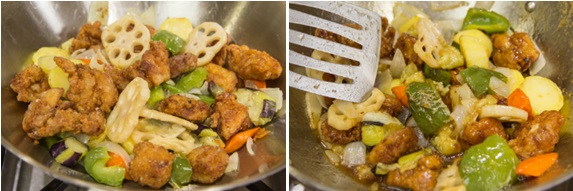
To Store
- You can keep the leftovers in an airtight container and store in the refrigerator for up to 3 days.
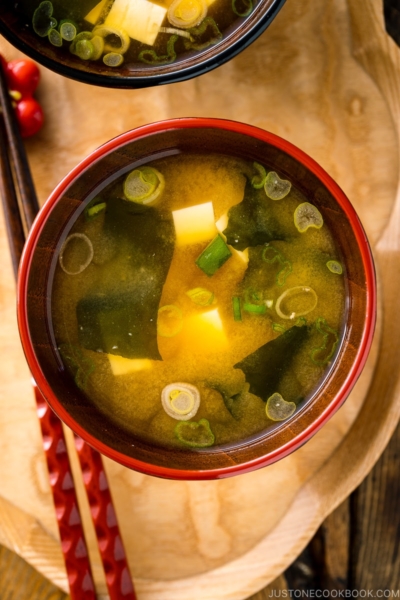
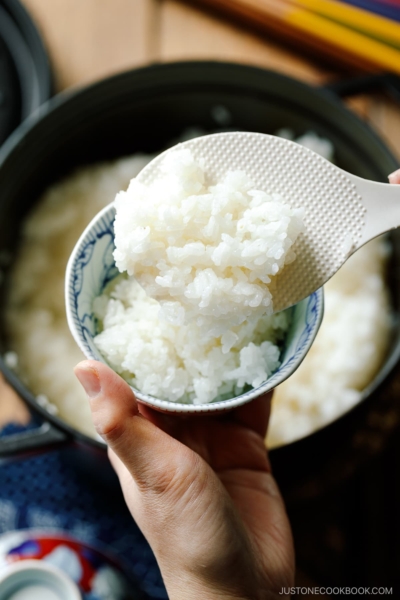
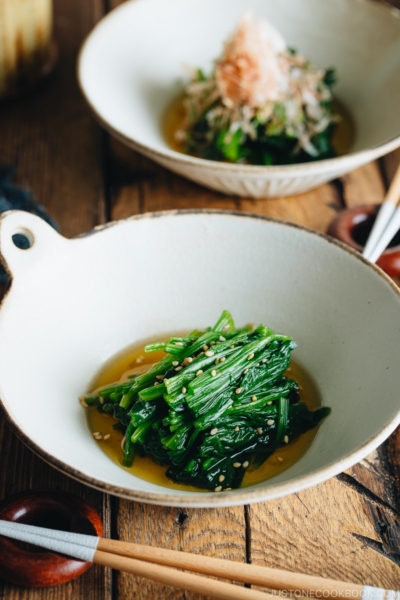
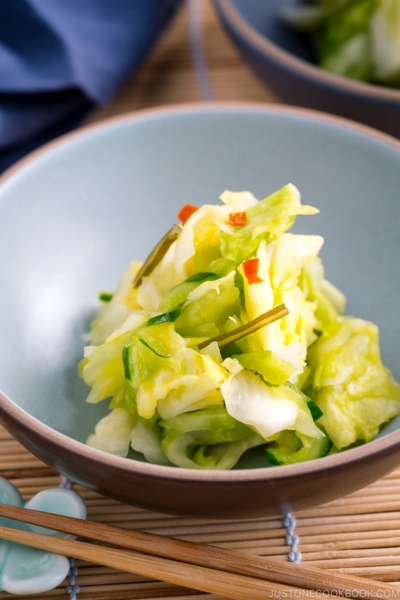
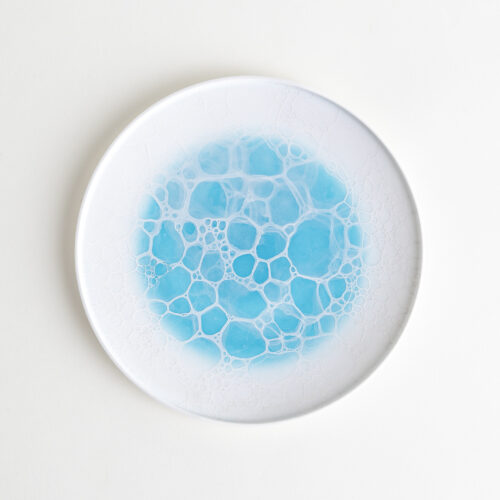
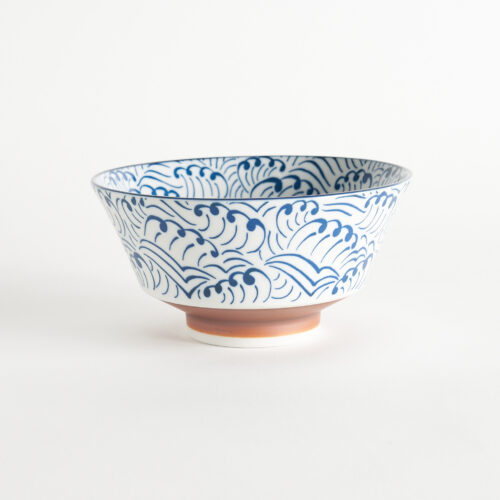
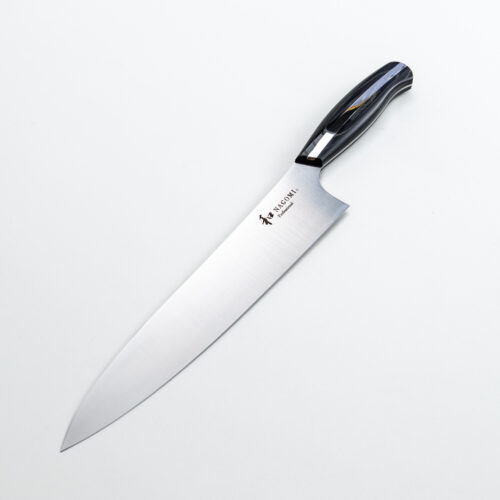
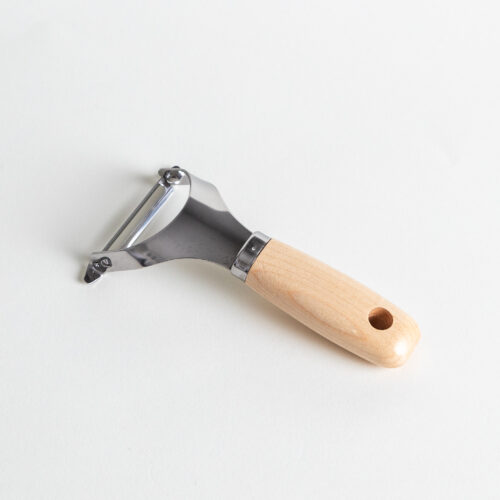

I doubled the amount of sauce for a Costco 2-pack of chicken wings (about 28 pcs.). Kicked it up by sprinkling a handful of chopped green onions and a half-cup of finely chopped pan roasted peanuts to add a Cantonese touch.
Hi Mike!
Wow, 28 pcs chicken wings! We are so glad to hear you enjoyed it with Cantonese touch.
Thank you very much for trying this recipe and for your kind feedback!
Hi Nami
I just want to thank you for this flavourful Ootoya Sweet and Sour Chicken Recipe. It is a real hit with my family. I have also tried replacing the chicken meat with pork and it turns out just as beautifully. Am also glad to be able to replace the ketchup used in most sweet and sour dishes with healthier ingredients like black vinegar, apple cider vinegar and soy (we are thankful that these sauces are found commonly in Singapore). I try to cook something from your list of recipes at least once a week. Thank you again and stay healthy. Love your new pet dog.
Best
CA
Hi Catherine-Ann! Aww thank you so much for trying this recipe! I’m so glad your family enjoyed both chicken and pork versions! That’s wonderful to hear both came out well. Thank you for your kind feedback. xoxo
Today I made it, tasted so good. i cannot believe I can make this!! my family loved it so much. thanks for your recipe!!!
Hi Eunice! Yay!!! I’m so happy to hear you gave this (time-consuming!) recipe! I like this dish too. I’m glad your family enjoyed it. Thank you for your kind feedback. xo
Hi Nami, is there any substitute for the black vinegar?
Hi NJ! You can use other vinegar you have. 🙂
This is one of my favorites from Ootoya, so I was glad to find it! I found that 10 minutes was too long for the carrots and potatoes for my preference, so I’d change that in the future. And maybe I’d sub some of the apple vinegar for more black vinegar, but that depends so much on which kinds you have around and what you like.
Hi M! Thank you so much for trying this recipe and for providing your feedback! Hope next one will be just like how you would like it to be. It’s great to be able to make our favorite food from restaurants at home. 🙂 Thanks again!
Hi can I check with you.. if I do not want to use Apple cider vinegar, what can I substitute with ?
Hi Michelle! How about trying with rice vinegar? Maybe use 2 Tbsp, and may need to add a bit sugar as apple cider has slight sweetness to it.
hi! Nami. Just cooked this tonight for dinner (sans lotus root) . Was skeptical about the apple cider vinegar at first (been using ketchup for this type of dish)…. But lo and behold, I loved the combination of flavors 🙂 No leftovers again tonight 🙂 Have been trying many recipes found over the net and there have been definitely a lot of hit and miss ones. This is definitely a hit. So much so that my sister said that we can now add it to the list of dishes worth repeating ….. Thank you so much!
Hi Gladys! Thank you so much for trying this recipe and for your kind feedback. I’m so happy you liked it! 🙂 . I’m glad your sister liked it too. Thank you for your kind words. xo
Hi there, I have just found your website and have made two recipes so far and they were beautiful! So your site is my now ‘go to’ for recipes! Is there a substitute I could use for the black vinegar? I love in the far north of New Zealand and we don’t have much in the way of speciality foods. Thank you so much for the fantastic recipes!
Hi Amber! I’m so sorry for my late response. I’ve been a bit busy… Thanks for finding my site, and welcome to JOC! Glad to hear you enjoyed my recipes. 🙂 You can use regular vinegar – preferably rice vinegar as it’s milder than other kinds of vinegar (and in Japanese cooking, we use rice vinegar). If you use other vinegar, reduce a bit since it’s too strong. 🙂
Thanks for the recipe! Do you know how long the vegetables and the chicken should be deep fried until it’s cooked?
Hi Gigi! It depends on vegetables and how big you cut, but should be 1-2 minutes (root vegetables longer). Chicken is about 5 minutes at the right temperature as written in the recipe. Cooking time shouldn’t be the focus here, you need to know if each ingredient (thin, thick, soft, hard, all different texture and size affects cooking time) is tender. You need to see the actual food rather than the cooking time and this is very important. 🙂 If your oil is higher temp, don’t wait till 5 minutes because the recipe says so. You might need to adjust. 🙂 Hope this makes sense.
Ever since I had the appetizer portion at Ootoya in Chelsea, I’ve been hooked! I had two friends over for dinner and one of them had just had this dish the day before. The bar was high but it definitely turned out above our expectations! It tasted just as good and we were glad to have doubled the recipe.
The most challenging part was deep frying the vegetables; we were unclear as to how long to fry the different veggies, which needed a bit of a trial and error process. I was a bit speculative with the sauce but it thickened very well once thrown with the fried ingredients over heat. All we needed was a bowl of rice and a nice miso soup to help cleanse the palate. Thank your for posting the recipe! Cheers.
Hi Su! I’m happy that you got to try this menu at Ootoya and tried making it at home! Thanks for using my recipe. The suage (deep frying without batter) part is a bit tricky. I didn’t purposely write the cooking time as it can vary depending on the oil temperature. Even though I specify, not everyone has the thermometer and oil may not be the same temperature, and only our eyes can tell the tenderness of the vegetables after deep frying. I apologize about the little confusion and inconvenience you had. I’m glad you and your friends enjoyed this dish. It takes time to prep, deep fry and cook all together so I don’t make this often, but I kind of miss this recipe now. Thank you for your kind feedback! 🙂
Great recipe! I made it yesterday and it is so far the best sweet-sour sauce I have ever tried 🙂 What I didn’t like that much are the deep-fried vegetables. It is impossible to make them crispy without batter, so in the end they all turned out mushy and soft. Next time I will stir fry-them for a short time separtly so that they stay a little bit crunchy 🙂
Wonderful recipe, thanks for sharing Nami!
Hi Alina! I hear you, I had to cook the same way Ootoya restaurant cooks so that I can say it’s the “copycat” recipe from Ootoya, Please feel free to adapt as you like! Glad to hear you enjoyed this recipe. Thank you for your kind feedback, Alina!
While living in Japan for several years this Ootoya dish quickly became our favorite family comfort food. You have no idea how happy I am to have stumbled upon your site! I can’t wait to make this as a surprise for my family. Oishii!
Hi Amanda! I hope you enjoy this recipe! I’m in Japan now and I am trying to go to Ootoya to enjoy this dish one of these days…. 😀 Hope you can find your favorite Japanese recipes on my site. 🙂 Welcome to my blog!
I have been trying to figure this recipe out for YEARS…ever since having it at Ootoyo… I’m so glad I stumbled upon your website!!!! I am curious about your Black Vinegar though… I haven’t seen the Japanese stuff anywhere… could you recommend a brand to buy online? THANKS NAMI!!!
Hi Gary! I’m happy to hear your found my blog. 🙂 I’m not sure where you live but Japanese supermarkets carry 1-2 kinds of black vinegar. Here’s one from Amazon.
http://www.amazon.com/gp/aw/d/B000FQNWBS/ref=mp_s_a_1_2?qid=1417319245&sr=8-2&pi=AC_SY200_QL40
You can use a Chinese black vinegar but they tend to be stronger so you need to adjust the amount. 🙂
Thats ok! 🙂 Glad I could help! 😉
I’m so so so excited to make this! I’m going to show my mum and we will try and make it! I’ll make sure I take a picture once I do!
Do Japanese supermarkets/stores in the states have Japanese black vinegar? I’m not sure if I’ve seen it here in Australia before.
Hi Alisa Sakura! Thank you for stopping by! Without your tip on the sauce, this post probably didn’t exist. 😉
Yes, Japanese supermarkets carry black vinegar. Not many kinds though, just 1-3 kinds, but the cost is about $8-10 I think… I got mine in Japan (in case I couldn’t find in the US) but it was also around $10. It’s Japanese black vinegar, so you won’t find it unless in a Japanese grocery store…it’s not a condiment we use all the time, so some Japanese supermarkets may not even carry it. :/
Thanks for sharing this recipe! I’ve always kept and used black vinegar in my pantry, but never quite knew the technical difference between black vinegar and the regular stuff until reading your explanation. In other news, I made your kakuni recipe for a recent potluck, and the dish was a major hit!! =)
Hi Kimmi! I always carried Chinese black vinegar but never actually used Japanese black vinegar till this recipe! I’m so happy to hear everyone enjoyed the kakuni recipe! Thank you so much for your feedback! 🙂